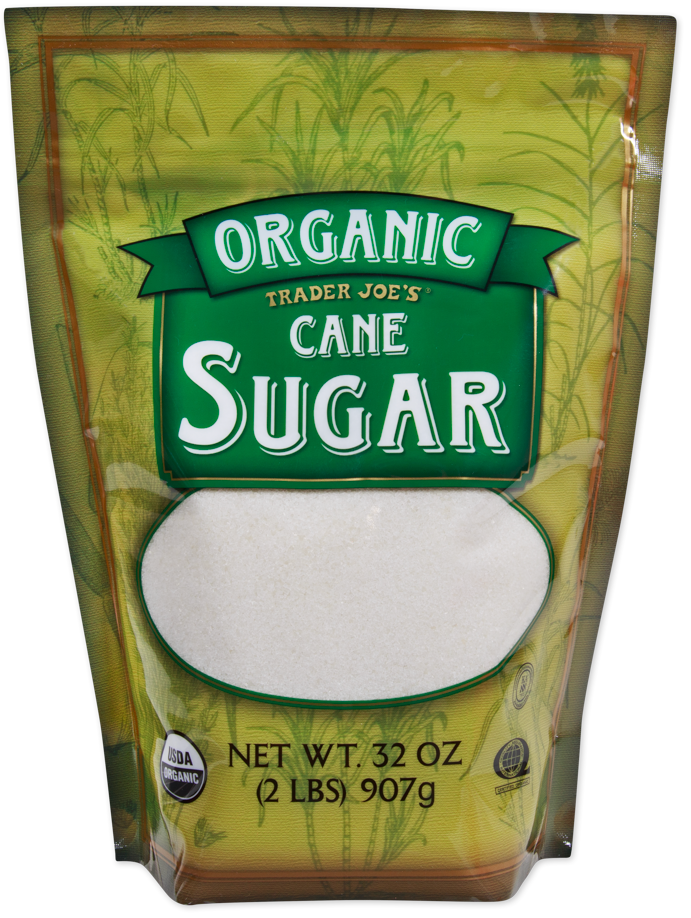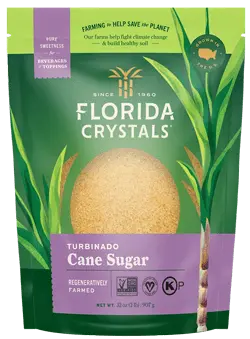Understanding Cane Sugar Processing: A Comprehensive Review of the Stages
Understanding Cane Sugar Processing: A Comprehensive Review of the Stages
Blog Article
Understanding the Vital Methods and Technologies Employed in Modern Walking Cane Sugar Processing
The evolution of walking stick sugar processing has actually been significantly shaped by the assimilation of innovative methods and technologies that deal with both efficiency and sustainability. As we check out these vital innovations, it ends up being important to examine exactly how they not just improve production but also line up with broader market trends and customer demands, elevating inquiries concerning the future of sugar handling and its implications for global markets.
Historic Context of Walking Cane Sugar Processing
The historical context of cane sugar handling exposes a rich tapestry of agricultural innovation and cultural exchange that has actually formed its development over centuries. The procedure of fine-tuning and drawing out sugar obtained energy in India, where techniques for crystallization were refined around the 6th century.

Advanced Removal Methods
Performance in cane sugar extraction has seen substantial innovations, driven by the need for greater returns and lower production expenses. Typical methods have advanced, paving the way to cutting-edge innovations that enhance the efficiency of the removal procedure. One remarkable advancement is using enzyme-assisted extraction, wherein details enzymes break down cell wall surfaces and launch more sucrose from the walking cane fibers. This strategy not just enhances sugar yield yet additionally reduces the power needed for handling.
Furthermore, the adoption of membrane filtration innovations, such as nanofiltration and turn around osmosis, has actually changed the separation of sugar from contaminations. These techniques enable the discerning permeation of sugar molecules while retaining larger contaminants, enhancing the extraction process and decreasing waste.
Additionally, the assimilation of continuous removal systems has actually resulted in enhanced functional performance. Cane Sugar Processing. These systems preserve a consistent flow of cane material, ensuring ideal extraction problems and reducing downtime related to set handling
Innovative Refining Technologies
Refining strategies in walking cane sugar processing have undergone a transformative shift, driven by the need for greater pureness and boosted item quality. One of the most notable innovations is the adoption of membrane filtration technologies, such as ultrafiltration and nanofiltration. These processes successfully eliminate impurities and colorants without the requirement for extensive chemical treatments, consequently protecting the sugar's all-natural flavor and boosting its allure.
One more substantial innovation is making use of ion exchange materials, which enable selective elimination of unwanted ions from sugar solutions. This modern technology not only boosts the general pureness of the end product yet also adds to minimized waste and environmental effect.
In addition, advancements in adsorption methods, making use of turned on carbon and various other advanced materials, have proven efficient in decolorizing sugar services while keeping ideal high quality. The combination of these cutting-edge refining innovations ensures that manufacturers can generate refined sugar with exceptional clearness and taste, meeting the progressing choices of customers.
Automation and Control Systems
Current innovations in refining innovations have actually led the way for considerable renovations in automation and control systems within walking stick sugar handling centers. These systems use sophisticated software program and hardware to improve operational performance, reduce human error, and make certain consistent product quality.
Modern automation incorporates different elements, including sensors, actuators, and programmable logic controllers (PLCs), allowing real-time monitoring and control of essential processes. For circumstances, stress, circulation, and temperature level rates can be specifically regulated throughout extraction, information, and formation stages, maximizing efficiency and decreasing waste.
Moreover, progressed information analytics and machine learning formulas play a crucial duty in anticipating upkeep, allowing operators to anticipate tools failings prior to they happen. This aggressive approach not only reduces downtime however likewise expands the life expectancy of machinery.
Furthermore, automation helps with the application of Market 4.0 principles, equipping sugar mills to attain higher connection and data exchange throughout processes. Therefore, decision-making becomes even more enlightened and active, eventually enhancing the total competitiveness of cane sugar manufacturing. With these innovations, the market is well-positioned to fulfill expanding global needs while maintaining functional quality.
Sustainability Practices in Sugar Manufacturing
Sustainability methods in sugar production have come to be increasingly vital as the market seeks to moved here balance economic feasibility with ecological responsibility. As customer awareness expands pertaining to the environmental influences of farming methods, sugar manufacturers are embracing ingenious techniques to minimize their ecological footprint.
One significant approach is the execution of precision agriculture techniques, which use information analytics to optimize source usage, such as water and fertilizers. This decreases waste and decreases the influence on local environments. Additionally, many producers are transitioning to renewable power sources, such as biomass from sugarcane by-products, to power their procedures, therefore lowering reliance on fossil gas.
Water monitoring practices are additionally important; rainwater harvesting and efficient watering systems assist mitigate water shortage problems. Cane Sugar Processing. In addition, integrated parasite monitoring methods decrease chemical usage, advertising biodiversity and dirt health
Corporate social responsibility initiatives are arising, with business investing in local neighborhoods and making sure fair labor methods. By embracing these sustainability methods, the sugar sector not just improves its credibility yet additionally adds to an extra lasting farming landscape, paving the means for future generations.

Conclusion
In recap, modern-day walking cane sugar handling incorporates a variety of innovative strategies and modern technologies that dramatically boost sustainability, return, and effectiveness. Jointly, these innovations position the cane sugar industry to meet contemporary needs look at here while dealing with critical worldwide obstacles.
The development of walking cane sugar processing has actually been substantially formed by the assimilation of advanced techniques and you could try these out innovations that resolve both performance and sustainability.The historical context of cane sugar processing exposes an abundant tapestry of agricultural development and cultural exchange that has actually shaped its growth over centuries. Advancements in milling and refining arised, laying the groundwork for modern-day cane sugar handling.Refining techniques in walking cane sugar processing have gone through a transformative change, driven by the demand for higher purity and boosted item top quality.In summary, modern walking cane sugar processing integrates an array of advanced strategies and modern technologies that substantially enhance yield, sustainability, and performance.
Report this page